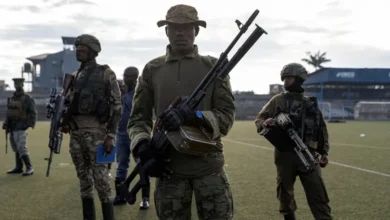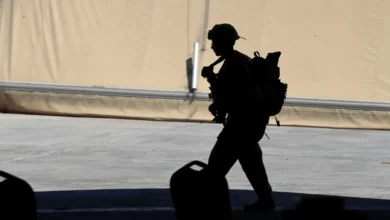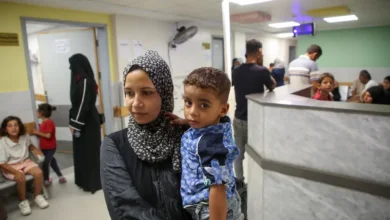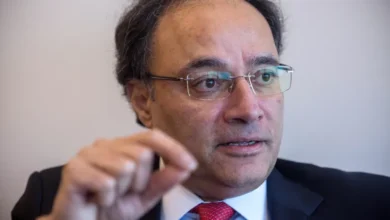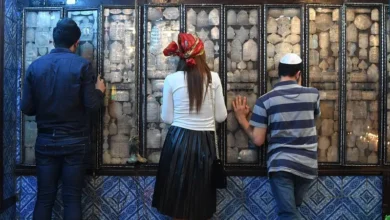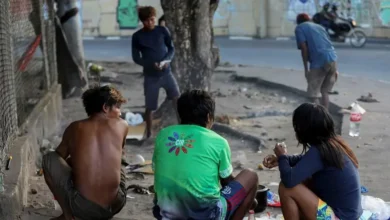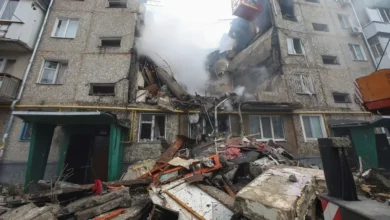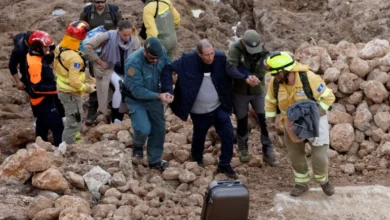India forcibly sterilised 8m men: One village remembers, 50 years later
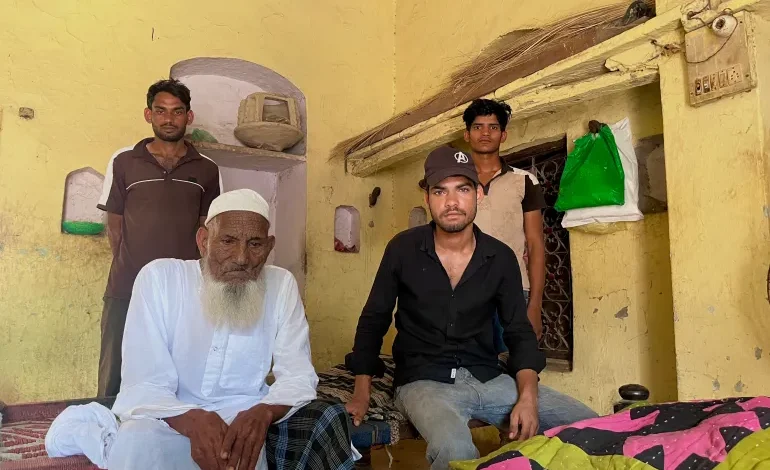
When everybody ran, towards the jungles and nearby villages, or dived into a well to hide from government officials, Mohammad Deenu stayed put.
His village, Uttawar, in the Mewat region of northern India’s Haryana state, about 90km (56 miles) from the capital, New Delhi, was surrounded by the police on that cold night in November 1976. Their ask: men of fertile age must assemble in the village ground.India was 17 months into its closest brush with dictatorship – a state of national emergency imposed by then-Prime Minister Indira Gandhi, during which civil liberties were suspended. Thousands of political opponents were jailed without a trial, an otherwise rambunctious press was censored, and, backed by financial incentives from the World Bank and the United States, India embarked on a massive forced sterilisation programme.
Deenu and his 14 friends were among its targets. They were pushed into the forces’ vehicles and taken to ill-managed sterilisation camps. To Deenu, it was a “sacrifice” that saved the village and its future generations.
“When everyone was running to save themselves, some elders [of the village] realised that if no one is found, it would create even bigger, long-lasting troubles,” Deenu recalled, sitting on a torn wooden cot. “So, some men from the village were collected and given away.”
“We saved this village by our sacrifice. See around, the village is full of God’s children running around today,” he said, now in his late 90s.
As the world’s largest democracy marks 50 years since the imposition of the emergency on June 25, Deenu is the only man who had been targeted in Uttawar as part of the forced sterilisation project who is still alive.More than 8 million men were forced to undergo a vasectomy during that period, which lasted until March 1977, when the state of emergency was lifted. This included 6 million men in just 1976. Nearly 2,000 people died in botched surgeries.
Five decades on, those scars live on in Uttawar.
‘A graveyard, just silence’
In 1952, just five years after securing its freedom from the British, India became the world’s first country to adopt a national family planning programme. At the time, the idea was to encourage families to have no more than two children.By the 1960s, at a time when birth rates were close to six children per woman, the government of Indira Gandhi began adopting more aggressive measures. India’s booming population was seen as a burden on its economy, which grew at an average of 4 percent from the 1950s until the 1990s.
The West seemed to share that view: The World Bank loaned India $66m for sterilisation initiatives, and the US made food aid to a starving India contingent on its success at population control.
But it was during the emergency, with all the democratic checks and balances removed, that the Indira Gandhi government went into overdrive, using a mix of coercion and punishment to pressure government officials into implementing forced sterilisation, and communities into accepting it.
Government officials were given quotas of how many people they had to sterilise. Those who failed their targets had their salaries withheld or faced the threat of dismissal from their jobs. Meanwhile, irrigation water was cut off from villages that refused to cooperate.
Security forces were also unleashed on those who resisted – including in the village of Uttawar, which had a predominantly Muslim population, like many of the communities targeted. The Muslim birthrate in India at the time was significantly higher than that of other communities, making members of the religion a particular focus of the mass sterilisation initiative.
In the lane next to Deenu’s house, Mohammad Noor, then a 13-year-old, was sleeping in his father’s arms in a cot outside their house when policemen, some of them riding horses, raided their home. His father ran towards a nearby jungle, and Noor rushed inside.
“They broke the doors and everything that came in their way; they shattered everything they could see,” Noor recalled. “To make our lives worse, they mixed sand in flour. There was not even a single home in the village that could cook food for the next four days.”



